I've set up a basic NodeJS server (using the nodemailer module) locally (http://localhost:8080) just so that I can test whether the server can actually send out emails.
If I understand the SMTP option correctly (please correct me if I'm wrong), I can either try to send out an email from my server to someone's email account directly, or I can send the email, still using Node.js, but via an actual email account (in this case my personal Gmail account), i.e using SMTP. This option requires me to login into that acount remotely via NodeJS.
So in the server below I'm actually trying to use NodeJs to send an email from my personal email account to my personal email account.
Here's my simple server :
var nodemailer = require('nodemailer');
var transporter = nodemailer.createTransport("SMTP", {
service: 'Gmail',
auth: {
user: '*my personal Gmail address*',
pass: '*my personal Gmail password*'
}
});
var http = require('http');
var httpServer = http.createServer(function (request, response)
{
transporter.sendMail({
from: '*my personal Gmail address*',
to: '*my personal Gmail address*',
subject: 'hello world!',
text: 'hello world!'
});
}).listen(8080);
However, it's not working. I got an email by Google saying :
Google Account: sign-in attempt blocked If this was you You can switch to an app made by Google such as Gmail to access your account (recommended) or change your settings at https://www.google.com/settings/security/lesssecureapps so that your account is no longer protected by modern security standards.
I couldn't find a solution for the above problem on the nodemailer GitHub page. Does anyone have a solution/suggestion ?
Thanks! :-)

